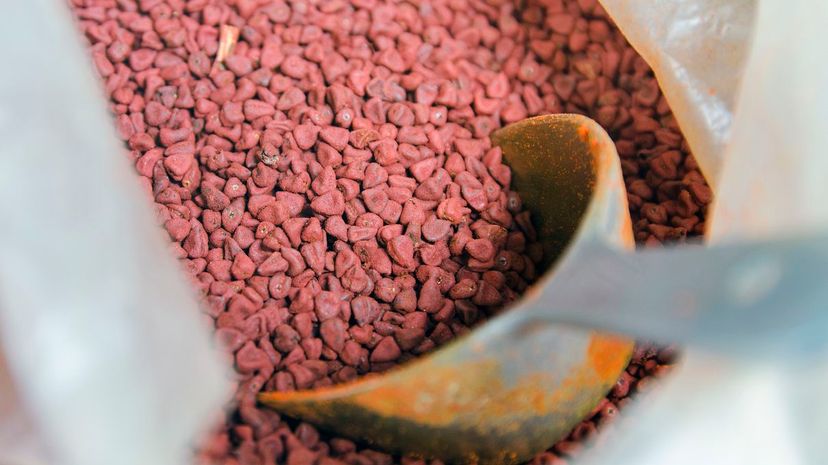
About This Quiz
Spices are foods that we use to add flavor or seasoning to other foods, but do you know what they actually are? Spices can be fruits, seeds, the bark of a tree or its root, and are used to preserve or flavor food and a whole lot more. They differ from herbs in that they aren't leaves, stems or flowers, although sometimes the lines are blurred. Spices can cure some infectious diseases, and they are used in cosmetics and even perfumes. But while that's all well and good, could you identify them if we showed you what they looked like?
Well, that's exactly what we're going to do today, plus something else. We're also going to give you a clue as to what the spice could be in the questions that we're going to ask you. It's totally up to you to choose the correct spice that we're talking about. If you can answer enough questions correctly, we'll label you not only a plant master but also a world-class cook!
If you think you'll be able to identify all the spices we've prepared for you today, go ahead and get started on this fun and spicy quiz.Â

Coriander, also called Chinese parsley or cilantro, is an edible spice and herb whose fresh leaves and dried seeds are the most commonly used parts. It is an annual plant that grows up to 20 inches tall and is indigenous to southern Europe, northern Africa and southwestern Asia.
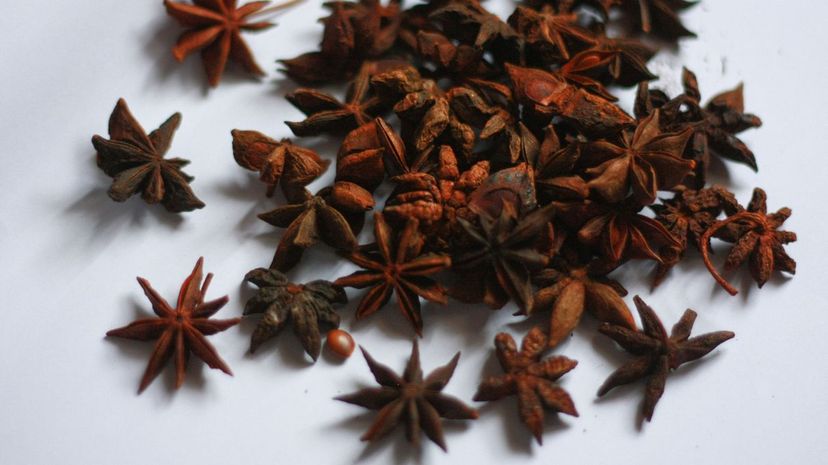
Anise, known as aniseed, is a flowering plant with a similar flavoring as the star anise, licorice and fennel. This spice is grown worldwide and is commonly used in food, alcoholic drinks, and as a carminative in herbal medicine.
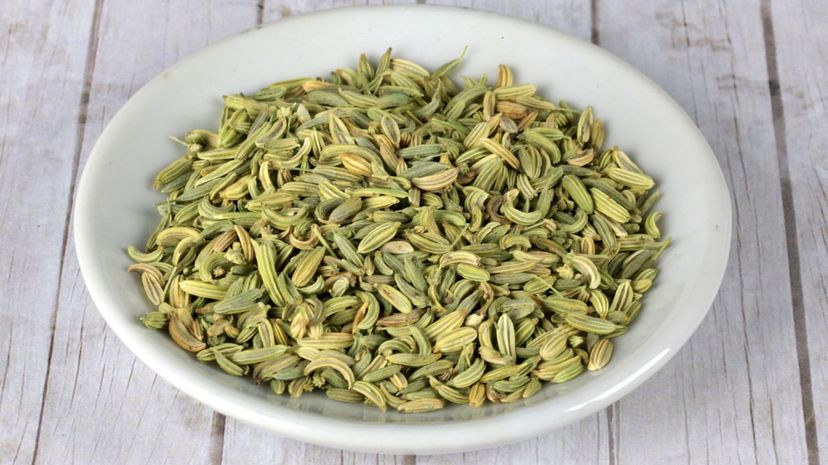
Fennel is a hardy, perennial herb of the carrot family that is identified by its yellow flowers and feathery leaves. This spice is one of the primary ingredients of absinthe and is commonly used in cookery due to its aromatic and flavorful qualities.
Advertisement
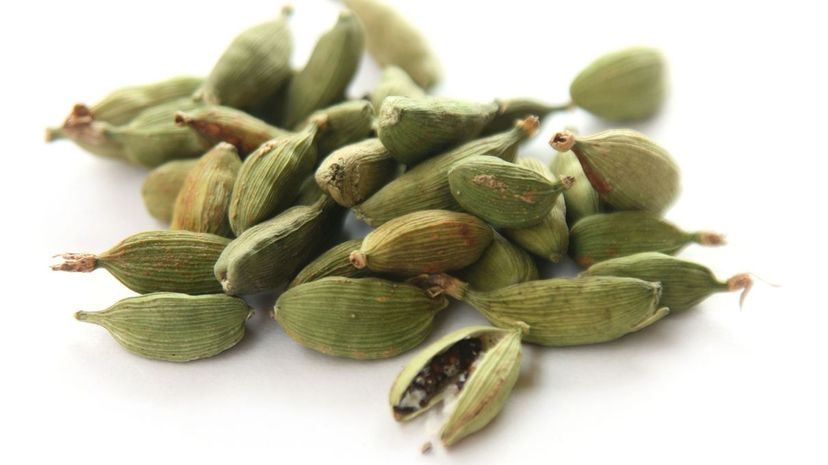
Cardamom is the third-most-expensive spice in the world, after vanilla and saffron. It is composed of the seed of many plants of the Amomum and Eletarria genera, both of which are native to Indonesia and the Indian sub-continent.
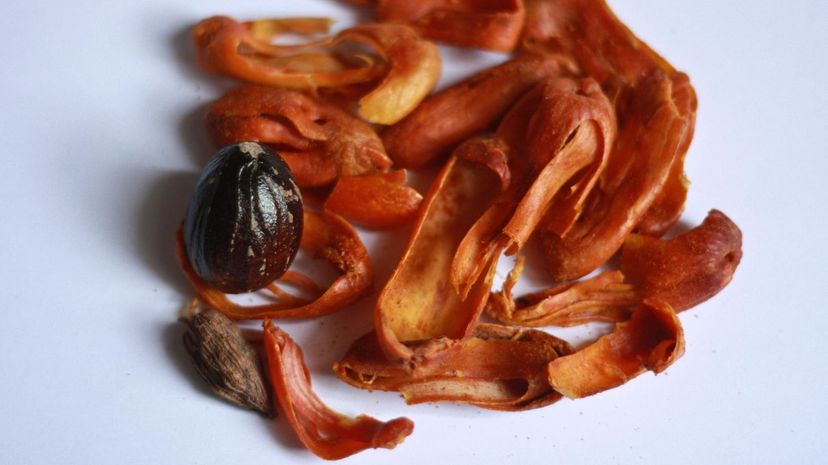
Mace is a type of spice with a similar but more delicate flavoring to that of nutmeg. It is derived from the reddish seed covering of the nutmeg seed and is used in the preserving, pickling and seasoning of fish, meat, vegetables and baked goods.
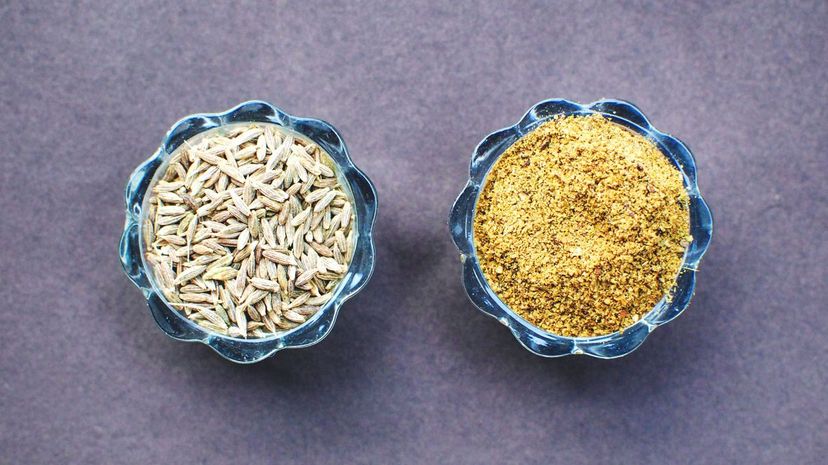
Cumin is an annual herbaceous plant whose seeds (ground or whole), are used as a flavoring in the cuisines of many cultures. It is a member of the parsley family and is recognized by its grey or dark green stem, small, white or pink flowers, and long, thread-like leaflets.
Advertisement
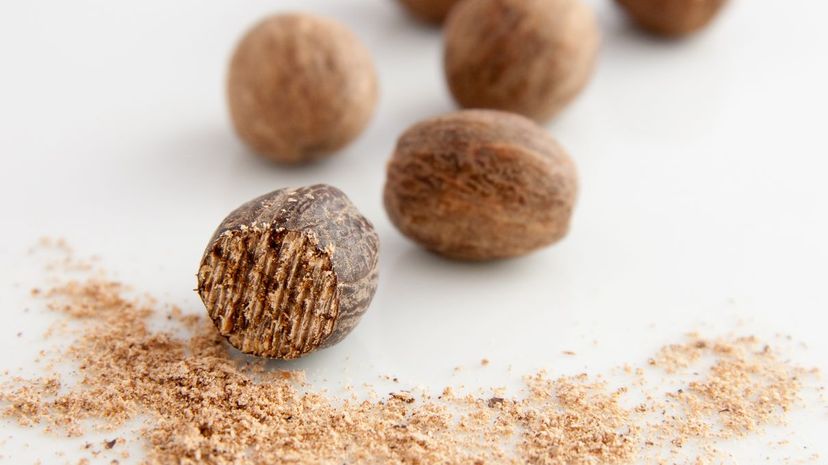
Nutmeg is the common name for the seed or ground spice produced by many species of the genus Myristica. This species is widely cultivated and is a source of nutmeg butter and essential oil.
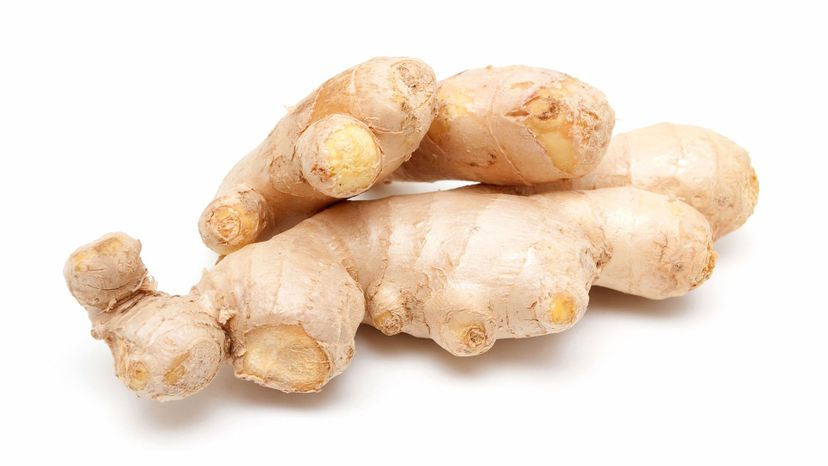
Ginger is a herbaceous flowering plant that is widely cultivated for its root stalks. The ginger root is commonly used as a spice and folk medicine in many cuisines around the world. This fragrant plant is grown worldwide in tropical and subtropical regions such as Malaysia, Japan and Hawaii.
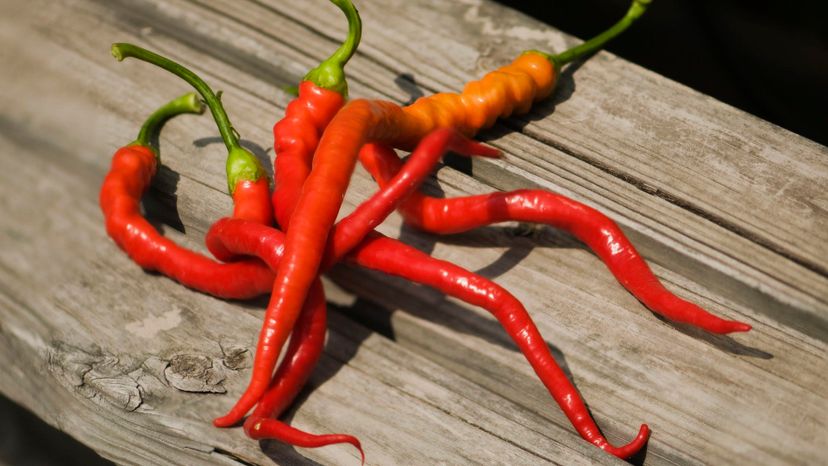
Cayenne pepper is a small-fruited pepper that is believed to have originated in Cayenne, French Guiana. A member of the nightshade family, it is commonly produced as a spice by drying the pepper, then grinding it into a powdery form.
Advertisement
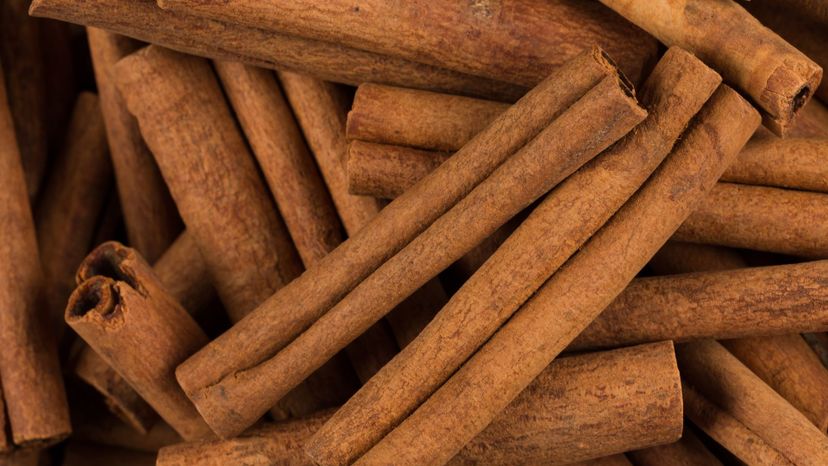
Cinnamon is the common name of several species of the genus Cinnamomum, from which the spice is derived. It is obtained from the bark of the trees and may be used whole or dried and ground into a powder or to produce essential oil.
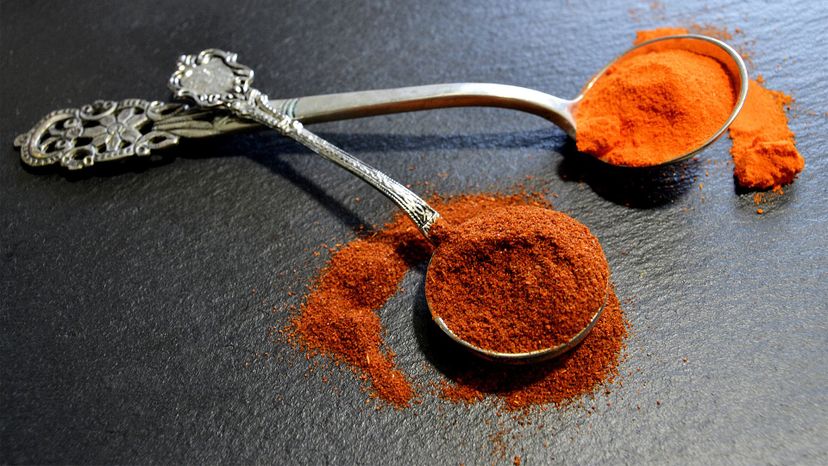
Paprika is a ground spice obtained from dried bell peppers sometimes with the inclusion of chili peppers and cayenne peppers. Originating in Mexico, this spice ranges from mild to hot and is used to add color to a variety of dishes.
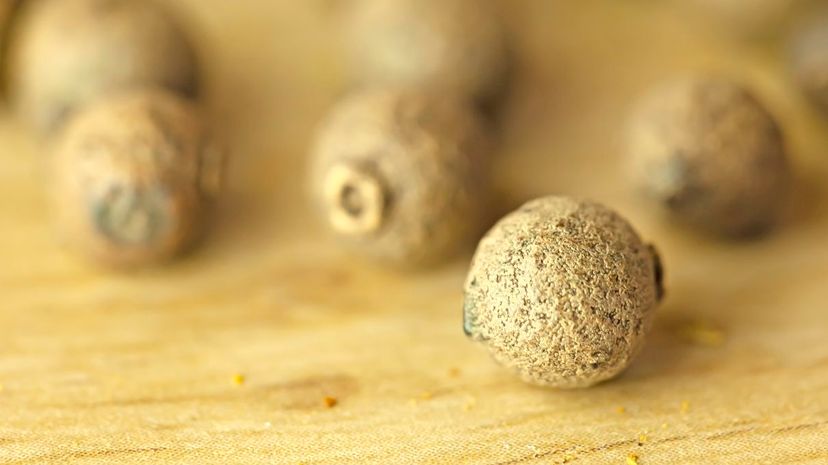
Allspice known as myrtle pepper, pimenta or Jamaica pimenta, is a spice made from the dried, unripe fruit of the Pimenta dioica tree. It is commonly utilized in Caribbean cuisine, particularly in Jamaican jerk seasoning, moles and pickling.
Advertisement
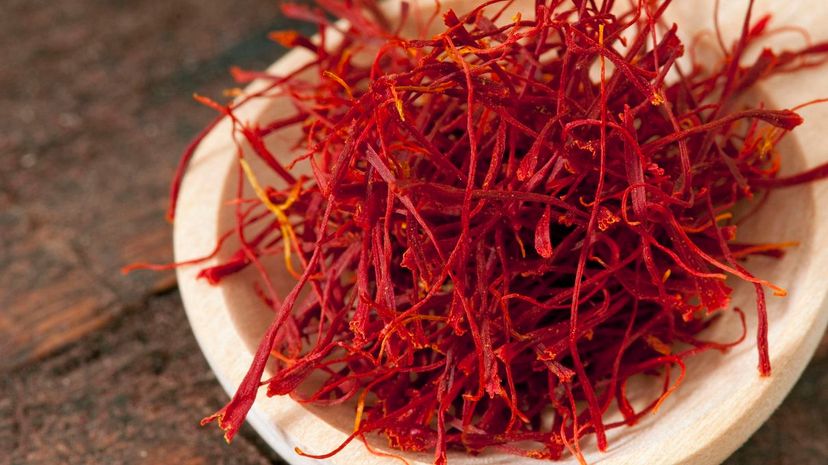
Saffron is a spice made from the crimson stigmas and styles of the saffron crocus flower. Once dried, the spice is then used as a flavoring in many dishes. It is also utilized as a coloring in food and textiles, due to its rich golden-yellow hue.
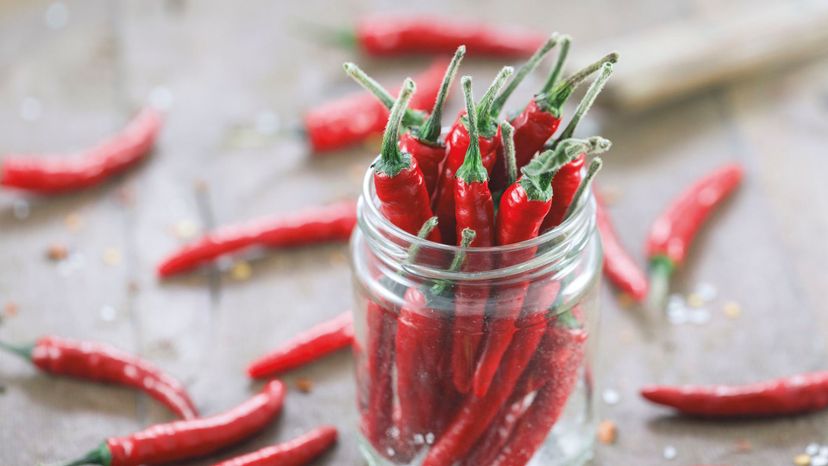
Chili is a brightly colored, spicy pepper derived from the plants of the genus Capsicum. A variety of species are grown in the Americas and Europe, with Peru being the country with the highest cultivated Capsicum diversity.
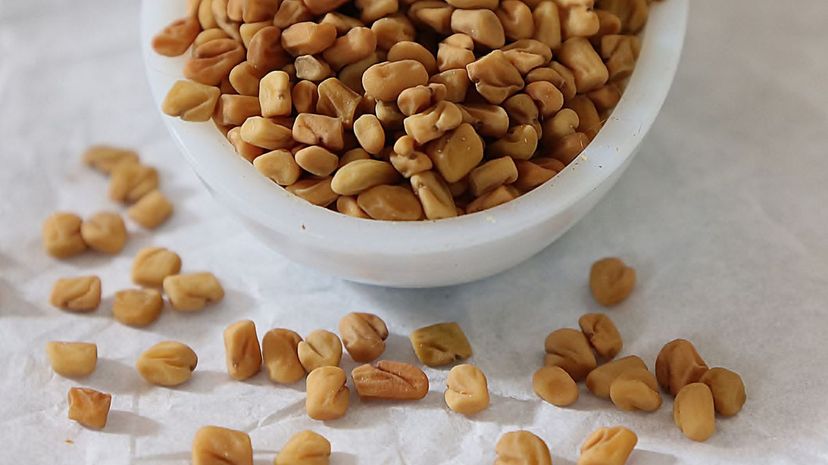
Fenugreek is an annual plant of the Fabaceae family with a distinctive sharp aroma. It is primarily grown for its seeds and leaves, which are commonly used as a spice in South and Central Asian cuisines.
Advertisement
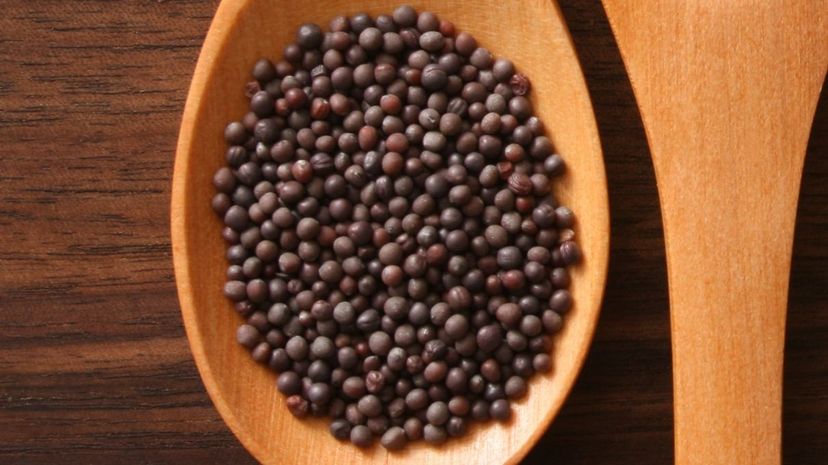
The black mustard seed is obtained from the annual plant Brassica nigra or black mustard. This upright plant, with large, stalked leaves is indigenous to the temperate regions of Europe, the tropical regions of North Africa and parts of Asia.
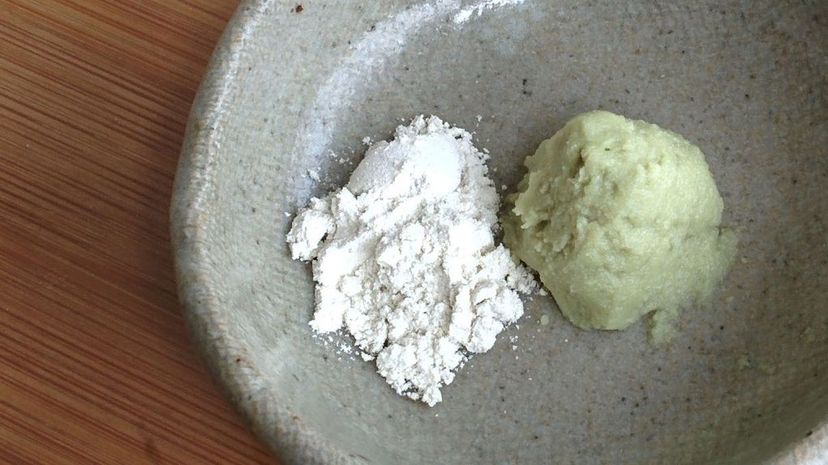
Horseradish powder is a ground form of horseradish, a root vegetable native to western Asia and southeastern Europe. Growing up to 4.9 feet tall, this plant is widely cultivated for its white vegetable, which is commonly used as a spice and a condiment.
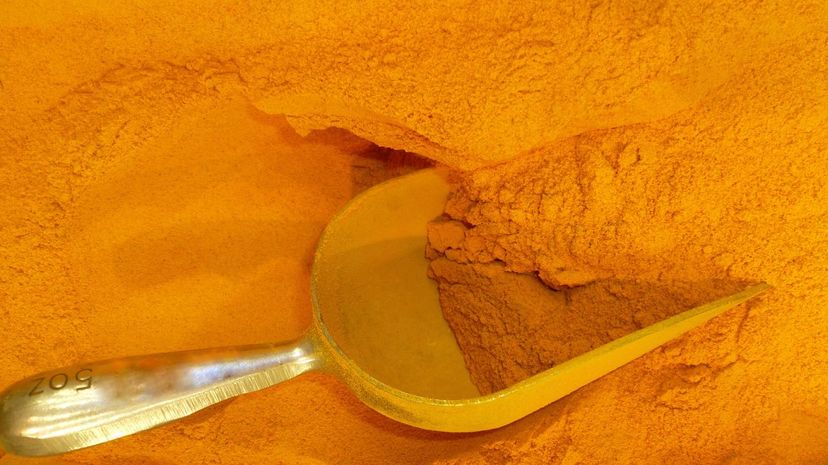
Turmeric is a herbaceous, flowering plant of the ginger family cultivated worldwide primarily for its roots which are used in cooking. In addition to being a flavoring agent, turmeric is also used as for coloring and dying due to its deep orange-yellow tone.
Advertisement
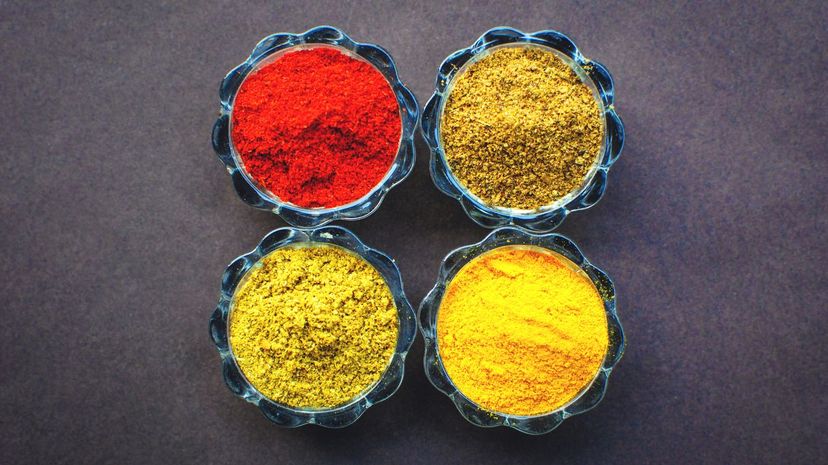
Curry is a spice that is actually a combination of many other spices. It includes, but isn't limited to, coriander, ginger, chili, and turmeric. It is one of the most popular in Indian and Caribbean cuisine.
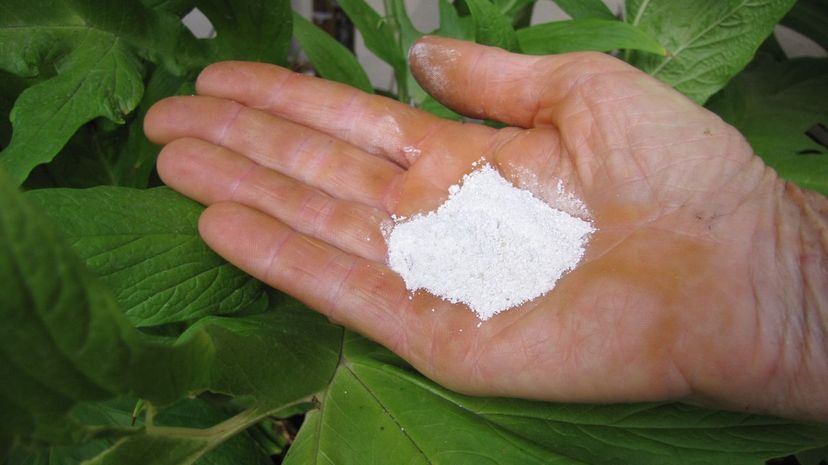
Arrowroot powder is a ground form of the arrowroot; a starch obtained from the rootstock of many tropical plants. Pure arrowroot starch is a white, light powder that emits a strange odor when mixed with boiling water.
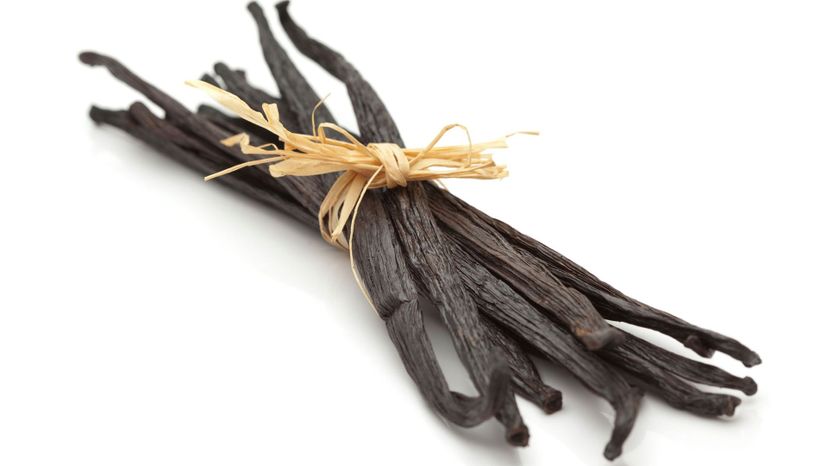
Vanilla is a flavoring obtained from the seed pods and dried fruits of the orchid genus, Vanilla. It is the second-most expensive spice after saffron and is used primarily in cooking, aromatherapy and perfume manufacturing.
Advertisement

Celery seeds, which are actually tiny fruits, are obtained from celery, a marshland plant with long, fibrous stalks and tapering leaves. The seeds are used whole or ground and as a flavoring or spice. They are also used to make an essential oil used in the perfume industry.
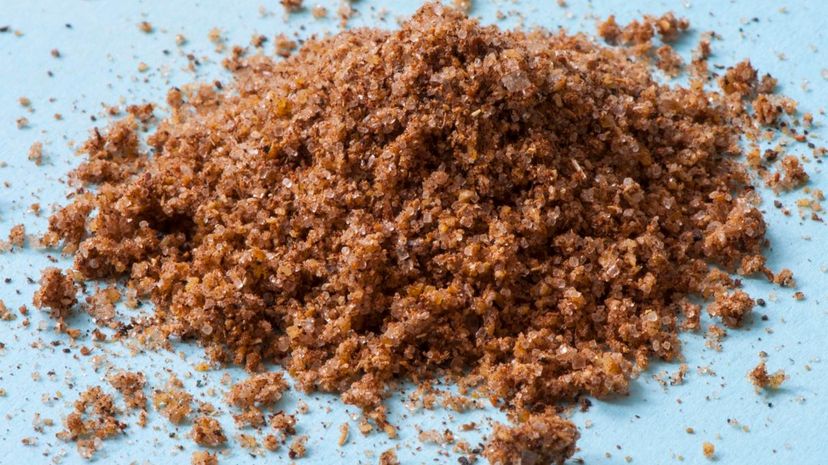
Chinese five spice, known as Wuxiang powder or five-spice powder, is a mixture of five or more spices, mainly star anise, cloves, fennel seeds, Chinese cinnamon, and Sichuan pepper. It is primarily utilized in Tawainese and Chinese cuisine, and occasionally in cocktails.
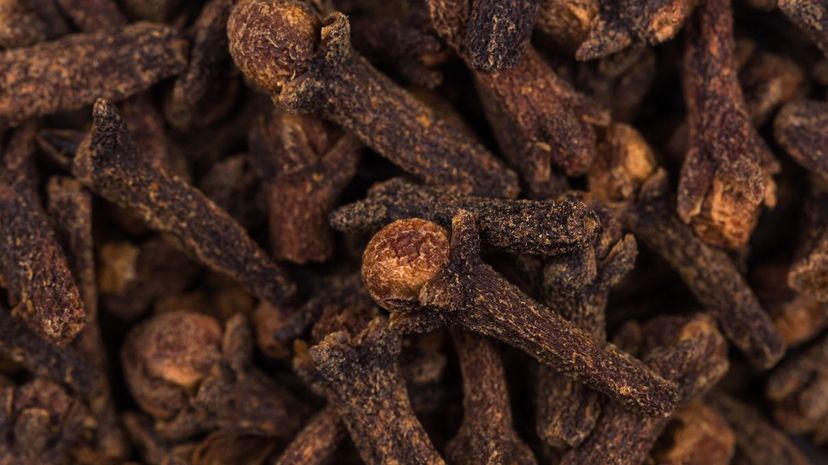
Cloves, native to the Maluku Islands of Indonesia, are the aromatic flowering buds of the Syzygium aromaticum tree. They are commonly harvested as a spice and grown in many countries including Sri Lanka, Pakistan, Bangladesh, India, Madagascar, and Tanzania.
Advertisement

The Mahleb spice is a type of spice obtained from the seeds of the St. Lucie or Mahleb cherry with a flavoring similar to bitter almond and cherry. It is used to produce cheese and in small amounts to sharpen cakes and sweet foods.
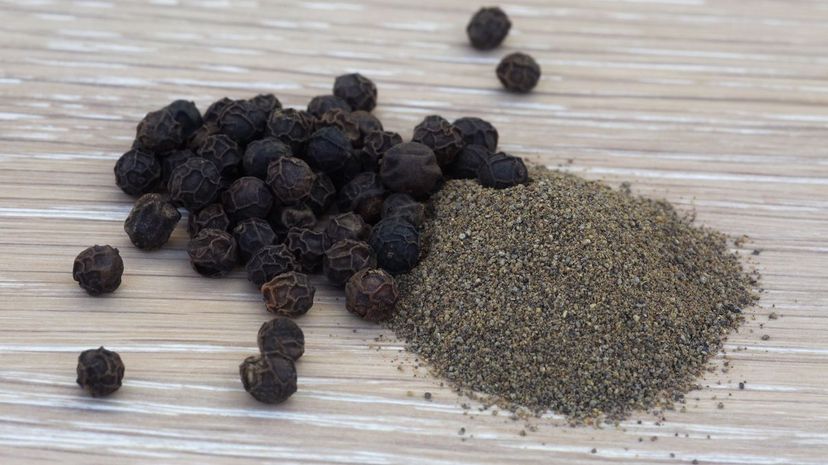
Peppercorn is a dried ground pepper derived from the flowering vine Piper nigrum. Indigenous to Kerala, southwestern India, peppercorn is one of the world's most traded spice, and it has been used since antiquity as both a seasoning and folk medicine.

The brown mustard seed, also called Chinese mustard or Indian mustard, is a spice obtained from the Brassica juncea, a species of mustard plant. This spice is more frequently utilized in Indian and African cuisines than its yellow counterpart due to its hot and pungent flavor.
Advertisement
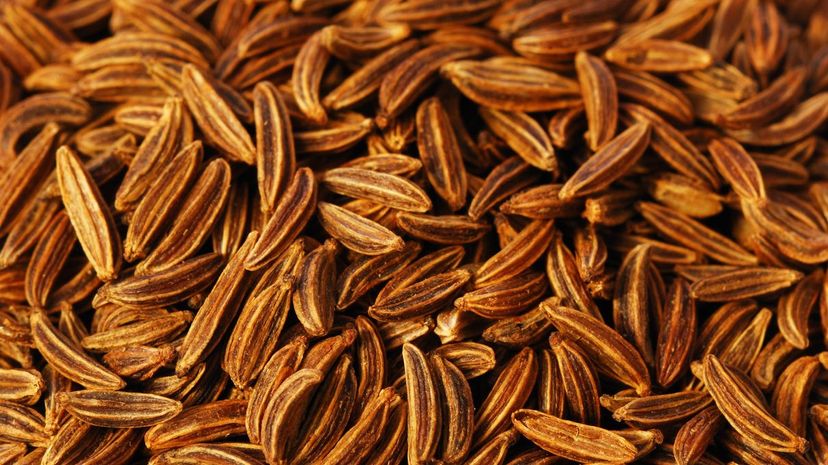
The caraway seed is derived from the fruit of the biennial plant and is known for its pungent and anise-like flavor. This seasoning is commonly used in many liquors, casseroles, and desserts such as the caraway seed cake.
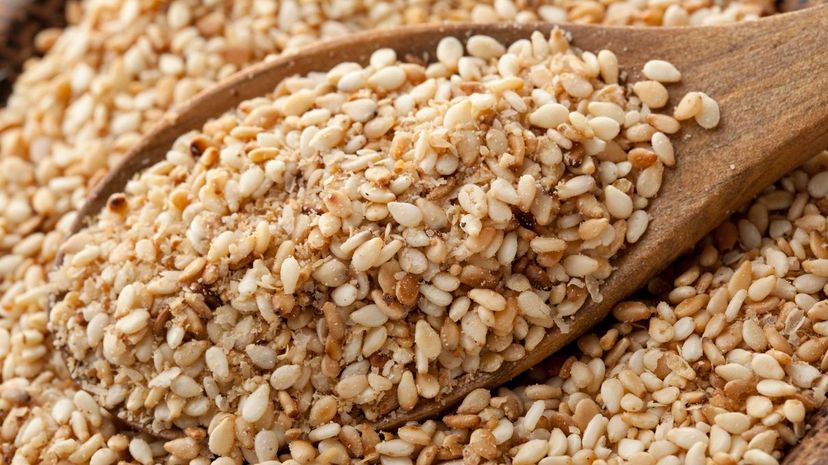
Sesame seeds are edible seeds derived from a flowering plant of the genus Sesamum. It is known for its rich, nutty flavor, and has one of the highest oil contents of any seed. It comes in a variety of colors which depends on the cultivar including off-white, tan, gold, buff, gray and black.
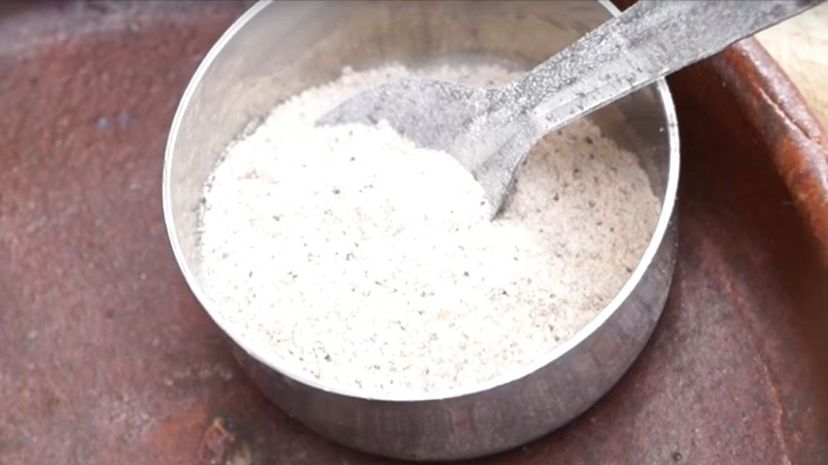
Asafoetida is the dried latex obtained from the taproot of the perennial herb, Ferula of the celery family. It is commonly referred to as "stinking gum," due to its pungent smell. Despite this, it is frequently cooked in many dishes, delivering a smooth flavor.
Advertisement
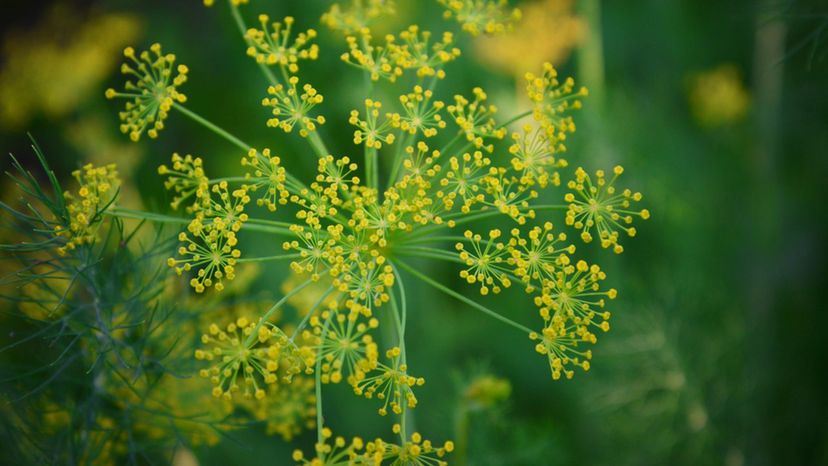
Dill is an annual herb whose leaves and seeds are commonly used as a flavoring for seasoning food. It is widely grown in Eurasia, specifically in Russian, Polish, Finnish, Ukranian, Scandinavian and Baltic cuisines.

Galangal is the collective name for a variety of rhizomatous spices that are frequently used in traditional Asian cuisines, including Indonesian and Vietnamese. All species of galangal are closely related to ginger and all exhibit a similar hot and spicy flavor.
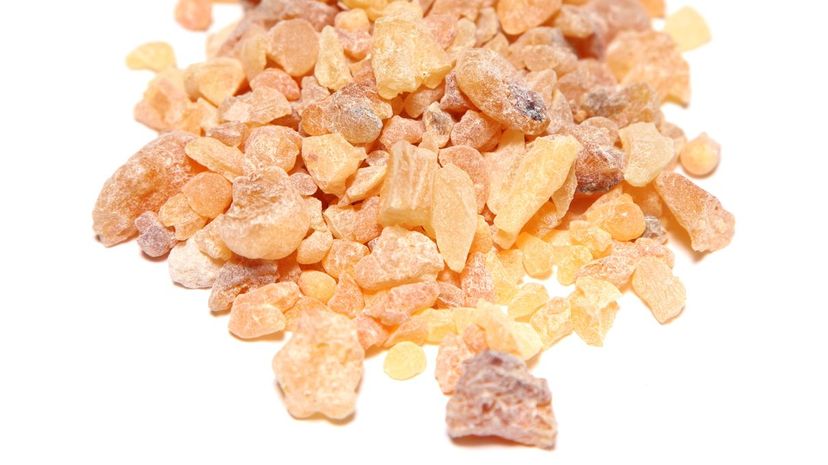
Frankincense is an aromatic resin derived from the trees of the genus Boswellia, five species of which produce true frankincense. This resin is a common ingredient used in many perfumes, incenses, aromatherapy and skincare.
Advertisement
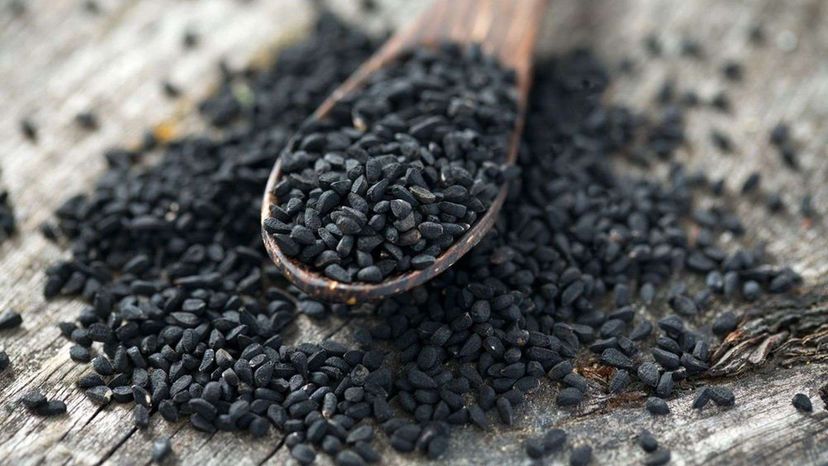
Nigella seeds are a type of spice obtained from three to seven follicles found within the large and inflated capsule (fruit) Nigella sativa plant. It is known by many names including black seed, black cumin, black caraway, nutmeg flower, fennel flower, kalonji and Roman coriander.
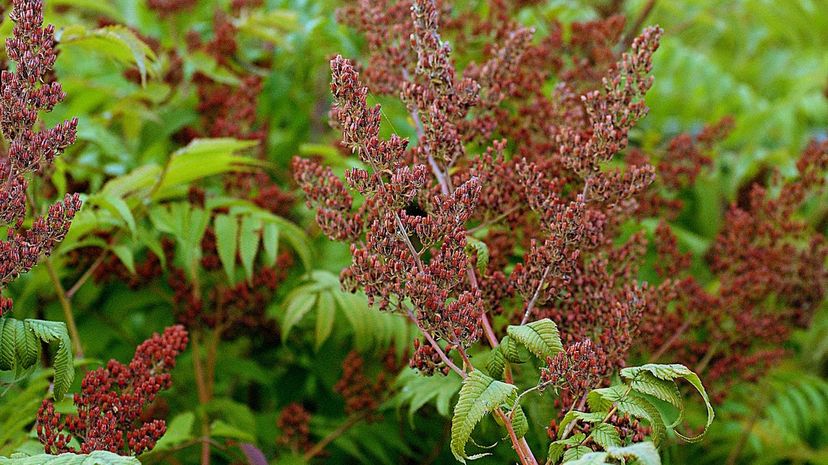
Sumac is the common name for 35 species of the genus Rhus. It is primarily grown for its fruit that is used as a spice in its dry and powdered form. This plant is widely cultivated in subtropical and temperate regions specifically North America, East Asia and Africa.

Ajwain is a flowering herb of the celery family and is known by many names including carom, bishop's weed, and ajowan caraway. Its leaves and seed-like fruit are frequently used in cooking as well as in traditional medicine to treat stomach issues such as diarrhea, flatulence and bloating.
Advertisement
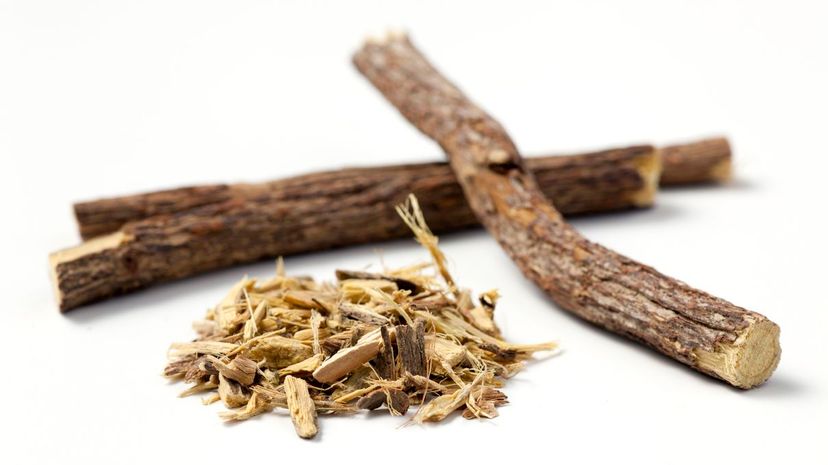
Licorice is the root of the Glycyrrhiza glabra, a herbaceous perennial legume whose sweet flavoring is commonly used in candies or sweeteners. It is native to southern Europe and parts of Asia and is also frequently used in traditional medicine and herbalism.
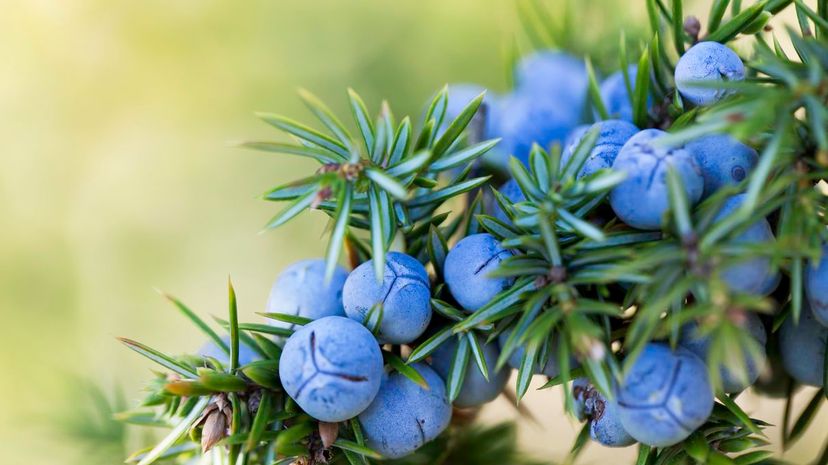
Juniper berries are the female seed cone produced by a number of species of juniper. They are particularly used in northern European and Scandinavian meat, pork, sauerkraut and cabbage, dishes to add a sharp, clean flavor to the meal.

Cassia, also called Chinese cinnamon and Chinese cassia, is a type of cinnamon tree whose aromatic bark is utilized as a spice in cooking. It is an essential ingredient in traditional Chinese medicine, where it is considered as one of the 50 fundamental herbs.
Advertisement
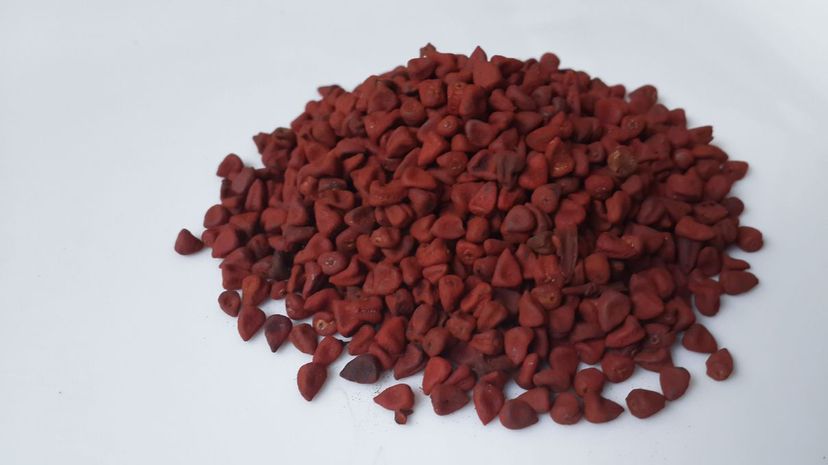
Annatto, native to the tropical regions of Brazil and Mexico, is a type of spice derived from the achiote tree. It is commonly used as a coloring and condiment due to its orange-red color and slightly nutty, sweet and peppery flavor and aroma.